Buying Guide
The best SSDs to expand your PlayStation 5 storage (2024)
Need to up that storage space to install all of those new games? Start here.
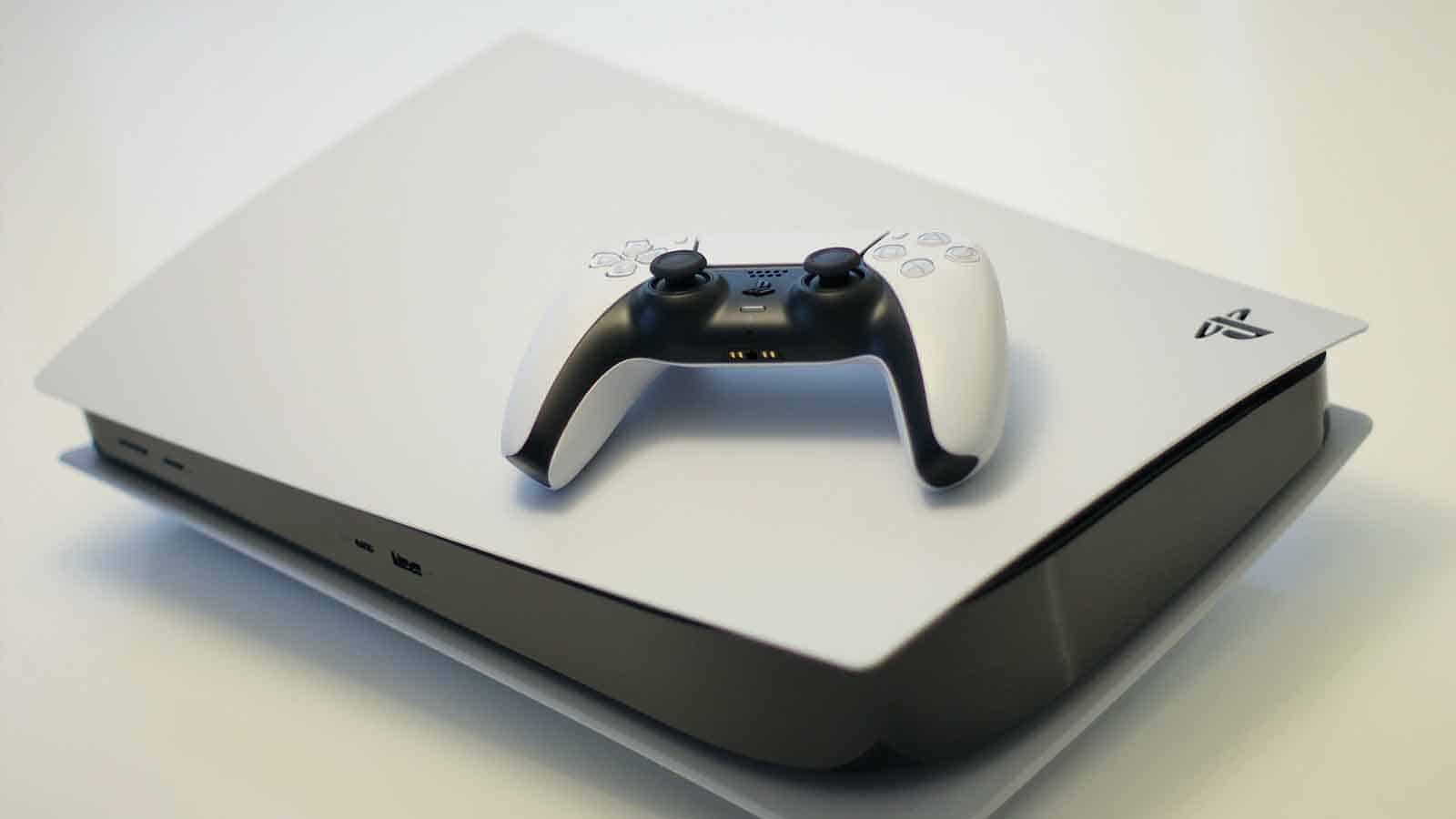
Just a heads up, if you buy something through our links, we may get a small share of the sale. It’s one of the ways we keep the lights on here. Click here for more.
It has been nine months since the PlayStation 5 was released, without the expandable storage support that Sony made a big deal about at launch. It seems Sony’s R&D department has a human gestation period, as a beta version of the PS5’s system software has finally enabled the expandable storage slot.
That means you’re not limited to the 667GB of available storage that your PS5 shipped with. The thing is, how do you know which SSDs are compatible with Sony’s requirements? How do you plug it in once you order a new SSD to put in? We’ll show you the answer, and more.
So, about expanding your PS5’s storage…
Sony’s own documentation says you need an “M.2 Socket 3 (Key M) Gen4 x4 NVME SSD.” That means PCIe 4.0 support, so expect prices to be higher than the PCIe 3.0 SSDs you might have bought in the past. Sony also has a few other specs to keep in mind, for minimum read speeds, cooling, and physical dimensions.
Starting with speeds, Sony says you should use a drive that’s capable of 5,500MB/s over sequential reads. While a slower drive that’s still PCIe 4.0 might still work, it’s possible it could cause issues. You haven’t bought a drive yet so why buy one that’s not within the specifications?
Sony also suggests that you get an SSD with a cooling solution. The complication here is that many drives with heatsinks already attached like Corsair’s MP600 Pro or Sabrent’s Rocket 4 Plus are too tall for Sony’s restrictions. You only have 11.25mm of height to play with, and only 2.45mm can be “below” the drive so that even puts some of the popular aftermarket heatsinks out of the running.
If you can’t find one of the few heatsinked drives we mention below, EKWB’s aftermarket cooler should fit inside Sony’s requirements. There’s also other options, like this slightly cheaper copper heatsink which will work fine to dissipate the small amount of heat that the controller on the SSD creates.
So, how much storage is needed?
We recommend at least 1TB for your storage drive, but it really depends on which games you play. Something like a full Warzone+Modern Warfare+Cold War install will chew up nearly two-thirds of the 667GB that the PlayStation 5’s internal drive has spare, so you’ll probably want at least that amount for the additional drive. Yes, the PS5 can support 250GB drives, all the way up to 4TB. If you can afford the initial outlay, a 2TB drive will last you longer, and be slightly cheaper per GB.
Oh, and in case you thought about adding an external SSD? Yes, they’re cheaper than the internal NVMe drives that Sony says you need for an internal drive. They’re also only usable with PS4 games, or to use as temporary storage for PS5 games when you’re not using them.
Patriot Viper VP4300 ($210 for 1TB, $430 for 2TB)
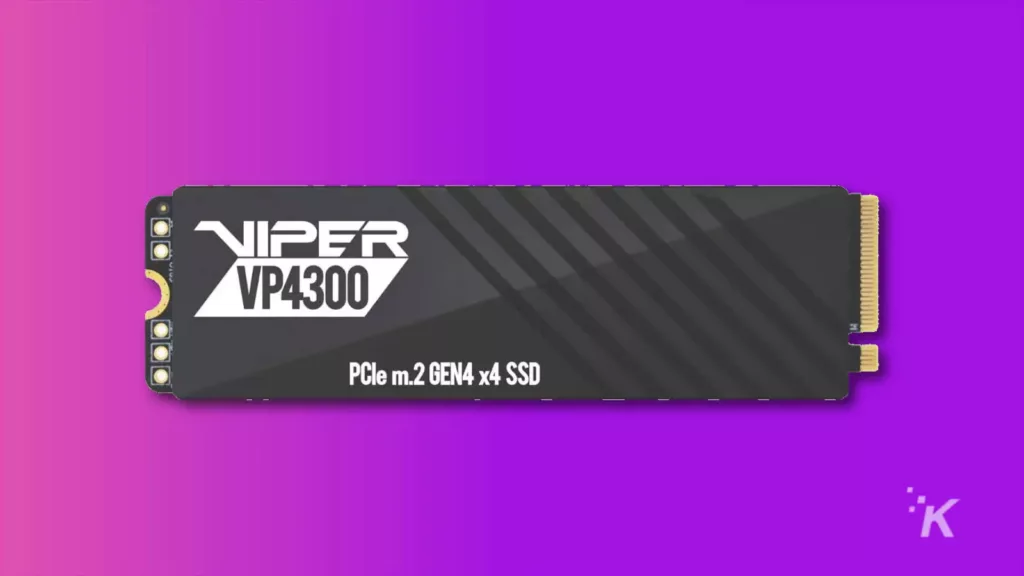
Patriot has been around forever, even if they’re not the most recognized name on this list. When in stock, the VP4300 is insanely fast at 7,400MB/s, and it’s got a slim pre-applied heatsink. That’s everything Sony asks for with the PlayStation 5, with a little extra speed in the tank. Oh, and it’s competitively priced, at $210 for the 1TB and $430 for 2TB.
[letsreviewaffiliate url=”https://amzn.to/3yaLFF4″ text=”see at amazon” size=”small” rel=”nofollow” target=”newwindow” accent=”#d6c9e2″ border=”off”]
PNY XLR8 CS3040 ($160 for 1TB, $307 for 2TB)
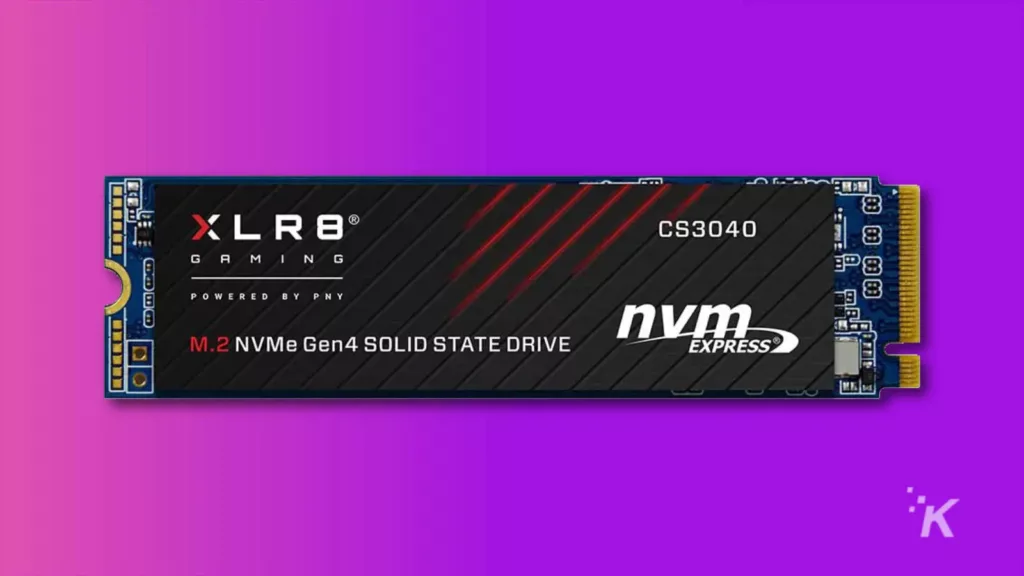
PNY is one of the main suppliers to companies that make prebuilt PCs, so chances are you’ve used their stuff even if you don’t recognize the name. The XLR8 CS3040 just squeaks into Sony’s required speed, with 5,600MB/s sequential reads. It doesn’t have a heatsink though, so grab one of the ones we mentioned earlier. Even with adding a heatsink, it’ll still cost less than anything else on this list.
[letsreviewaffiliate url=”https://amzn.to/3gsDRbH” text=”see at amazon” size=”small” rel=”nofollow” target=”newwindow” accent=”#d6c9e2″ border=”off”]
WD Black SN850 ($250 for 1TB, $430 for 2TB)
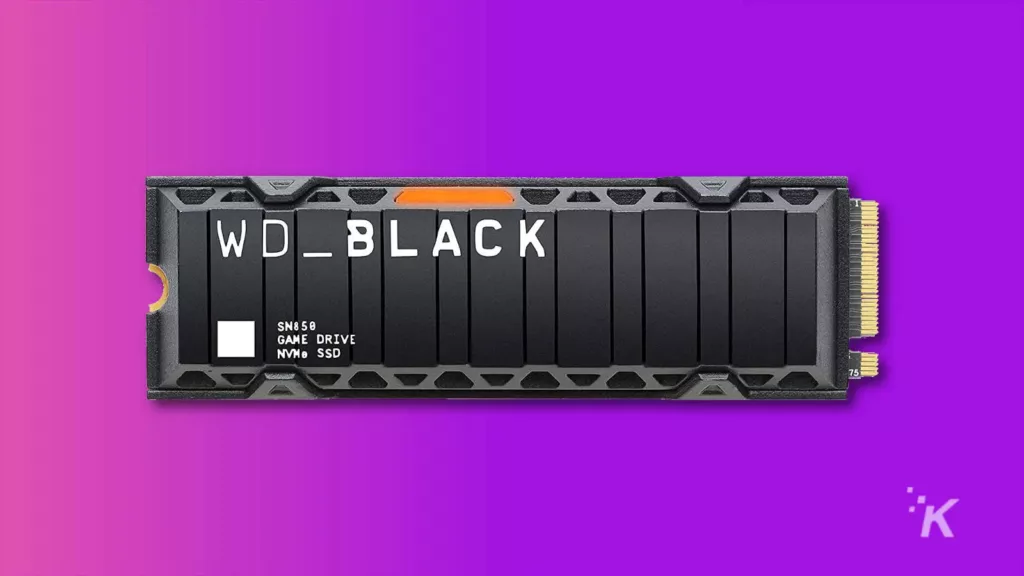
WD’s Black range of PCIe 4.0 SSDs come either as bare drives or as pre-applied heatsinks like this one. That means you’ve already got everything you need to meet Sony’s requirements for the PlayStation 5, with up to 7,000MB/s sequential read speeds and a hefty heatsink that’s only 6.5mm high. They’re competitively priced, but be careful with third-party sellers jacking up the price. You should expect to pay $250 for the 1TB version and $430 for the 2TB.
[letsreviewaffiliate url=”https://amzn.to/3B9wJZR” text=”see at amazon” size=”small” rel=”nofollow” target=”newwindow” accent=”#d6c9e2″ border=”off”]
Seagate FireCuda 530 ($260 for 1TB, $540 for 2TB, $1,000 for 4TB)
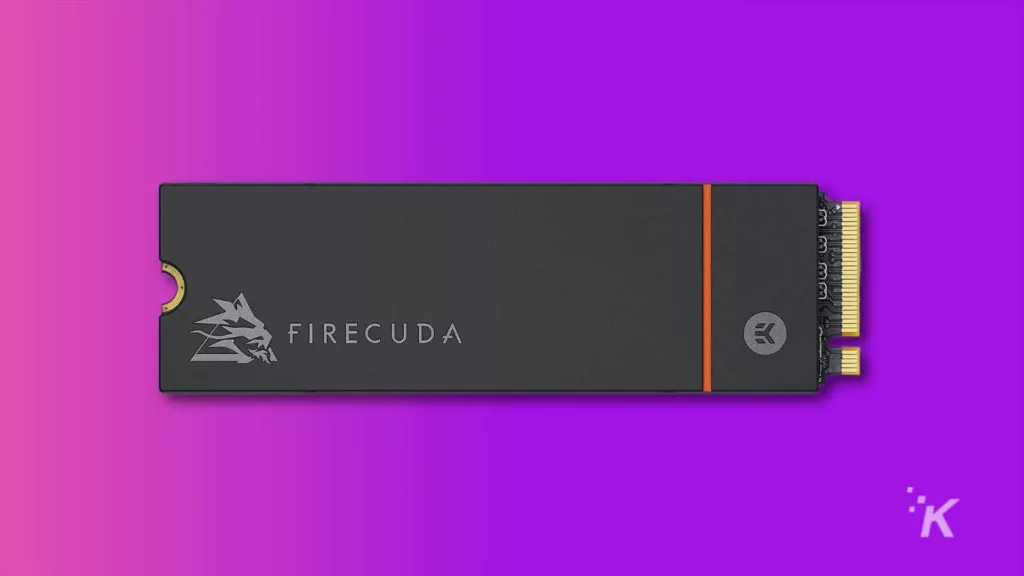
This is one of the only drives on our list to also come in a 4TB capacity, the maximum that the PS5 can support. You’ll cry at the price though, as $1,000 is a hefty chunk of change to expand your PS5’s storage. That said, you’ll get 7,300MB/s transfer speeds, an EKWB-designed heatsink, and Seagate’s rescue services if you do shell out. The smaller size FireCuda 530 drives are in line with other manufacturer’s offers, and they’ll be available later this summer.
[letsreviewaffiliate url=”https://amzn.to/3Dda4O4″ text=”see at amazon” size=”small” rel=”nofollow” target=”newwindow” accent=”#d6c9e2″ border=”off”]
Samsung 980 Pro ($190 for 1TB, 370 for 2TB)
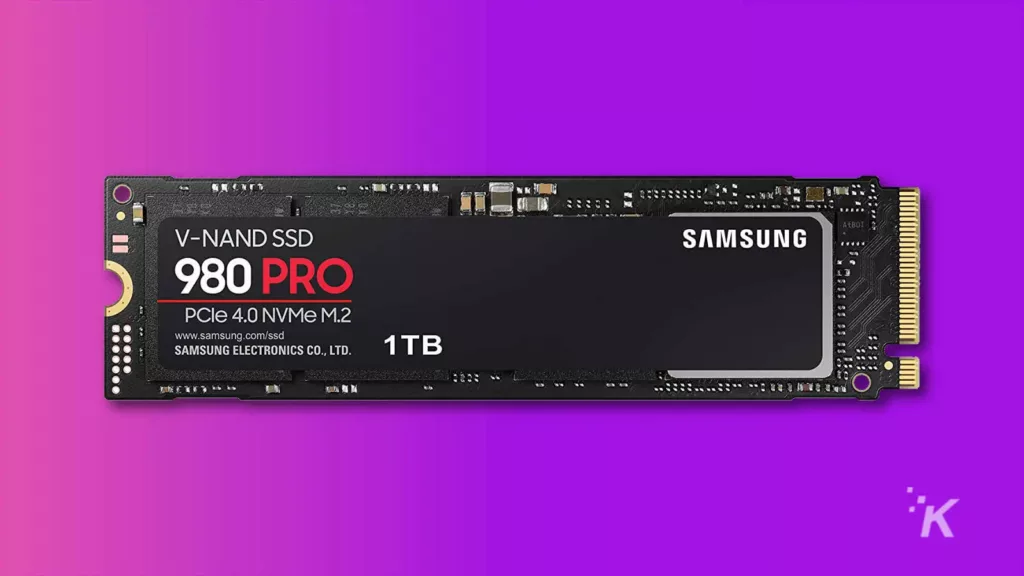
Samsung has a fantastic reputation for reliability, so we couldn’t make this list without at least one of its drives on it. The 980 Pro has a max of 7,000MB/s read speeds and a very competitive price point. Expect to pay around $190 per TB of storage space. Just remember, you’ll need to find a heatsink to stick on it, as Samsung doesn’t sell any pre-applied versions of this drive.
[letsreviewaffiliate url=”https://shop-links.co/1750740491899327327″ text=”see at Samsung” size=”small” rel=”nofollow” target=”newwindow” accent=”#d6c9e2″ border=”off”]
Crucial P5 Plus ($180 for 1TB, $368 for 2TB)
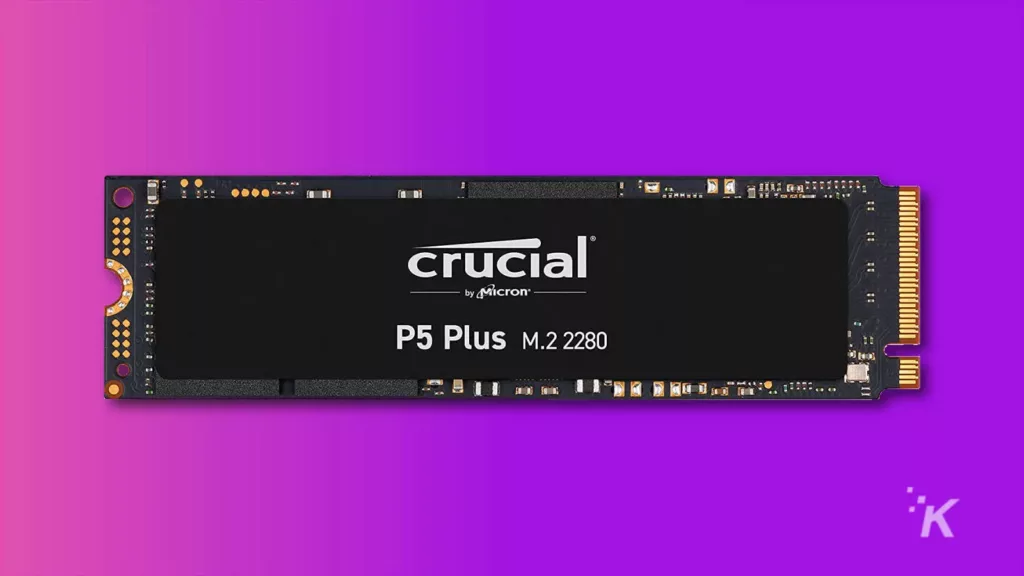
Crucial finally joined the fray with its P5 Plus Gen 4 NVMe drives, which have a slightly smaller price tag than the competition, because they aimed for a slightly lower read speed, at 6,600MB/s. That’s still 20% faster than Sony’s minimum specifications, so you could get this and then spend the extra cash on a new game. You will need a heatsink, so make sure you grab one before you place that order.
[letsreviewaffiliate url=”https://amzn.to/3jgpysN” text=”see at amazon” size=”small” rel=”nofollow” target=”newwindow” accent=”#d6c9e2″ border=”off”]
Sabrent Rocket 4 Plus ($180 for 1TB, $360 for 2TB)

Sabrent’s Rocket 4 Plus line comes in both pre-heatsinked and bare drives, but you won’t be able to fit the huge heatsink version into the slot on your PS5. Grab the bare drive, grab a heatsink, and enjoy up to 7,000MB/s read speeds. Make sure you get the Rocket 4 Plus and not any of Sabrent’s other drives, as they all have fairly similar naming schemes and only this specific one will work in your PS5.
[letsreviewaffiliate url=”https://amzn.to/3DkytRZ” text=”see at amazon” size=”small” rel=”nofollow” target=”newwindow” accent=”#d6c9e2″ border=”off”]
Here’s how to install the SSD in your PlayStation 5
Okay, currently the ability to add a secondary NVMe SSD into your PS5 and have it recognized by the system is in beta only.


Now you’ve got your new storage drive installed in your PS5. The first time you boot up the console, you’ll see a prompt to format the new drive. Do that, and then you can start installing games on the new storage or move existing installed games onto the drive so you can install new games on the PS5’s existing storage drive.
Editors’ Recommendations:
- The best DAC/AMP stacks for your headphones
- Can you gameshare on PlayStation 5?
- Sony’s PlayStation 5 is the fast-selling console in Sony’s history
- Can you use a PlayStation 4 controller on a PlayStation 5?
Just a heads up, if you buy something through our links, we may get a small share of the sale. It’s one of the ways we keep the lights on here. Click here for more.
































